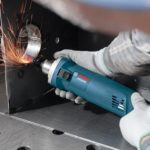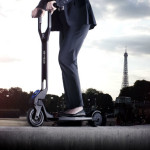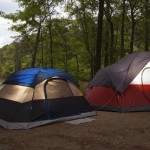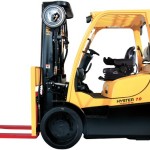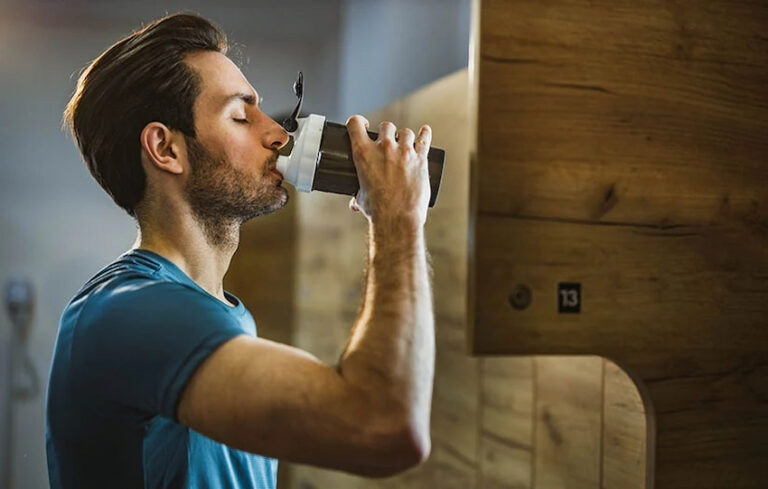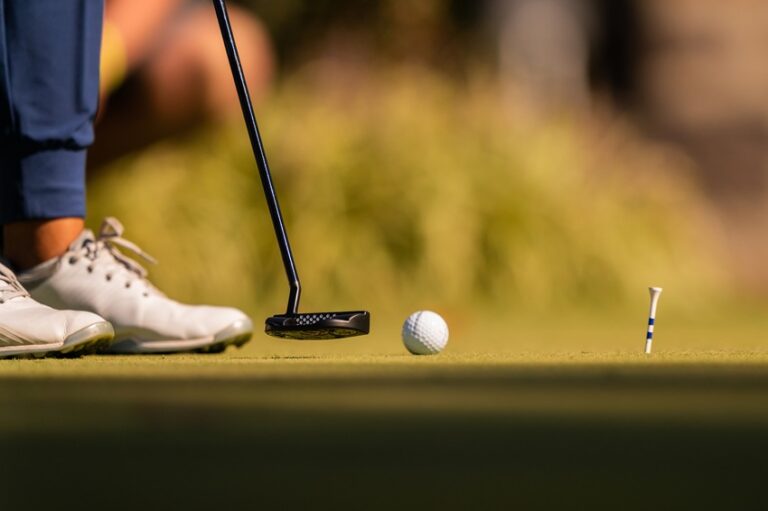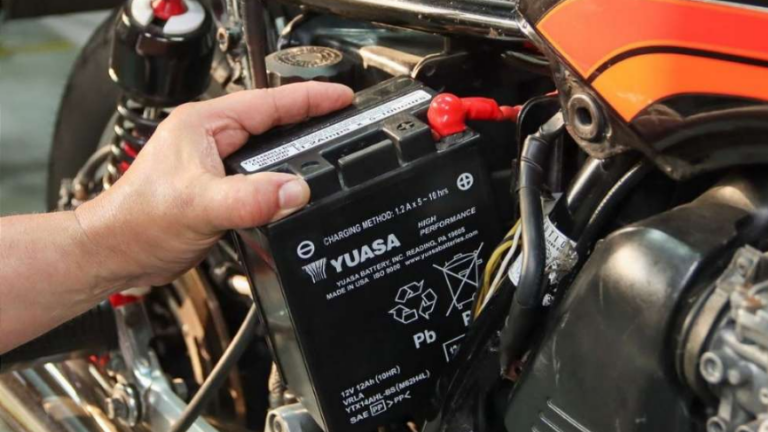If you are someone that loves activities that raise the adrenaline, you’re probably planning to get into some type of extreme sport. Or even several types? After all, who’s stopping you? When it comes to extreme sports you can conveniently practice in urban settings, there are three options that are the most popular ones: BMX riding, skateboarding and pro scooters.
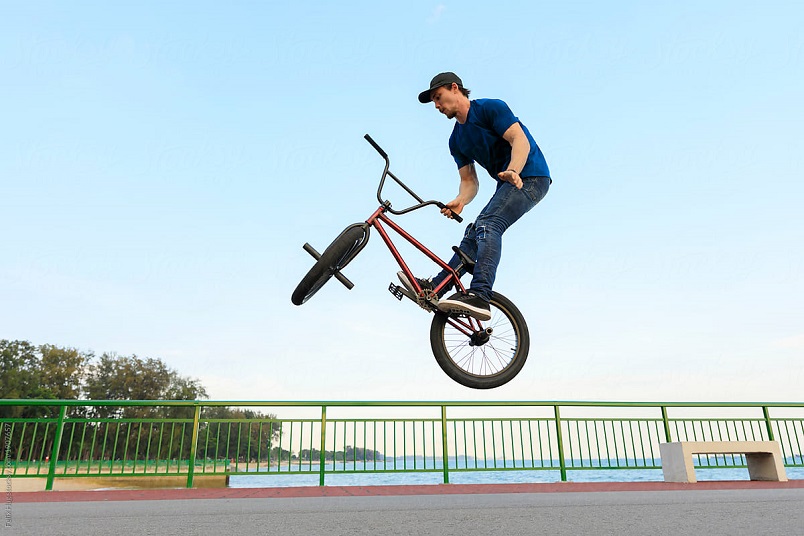
Of course, what’s the best option for you depends entirely on your preferences and physical ability. However, knowing a thing or two about the necessary gear can also help you make up your mind whether a particular type of sport is right for you. So, let’s check out the equipment that you’ll need for these types of extreme urban rides.
BMX Bikes: What Should You Look for?
Though you can use your BMX bike like any other bike – to go from point A to point B, the truth is, BMX bikes are all about the stunts. BMX stands for bicycle motocross, and the craze for this cycling sport begun with kids racing off-road and on purpose-built tracks in the 1970s, inspired by motocross races.
Since then, the popularity of all BMX sport styles has grown so much, that it’s now sanctioned by the UCI (International Cycling Union), and it’s even featured in the Olympic Games.
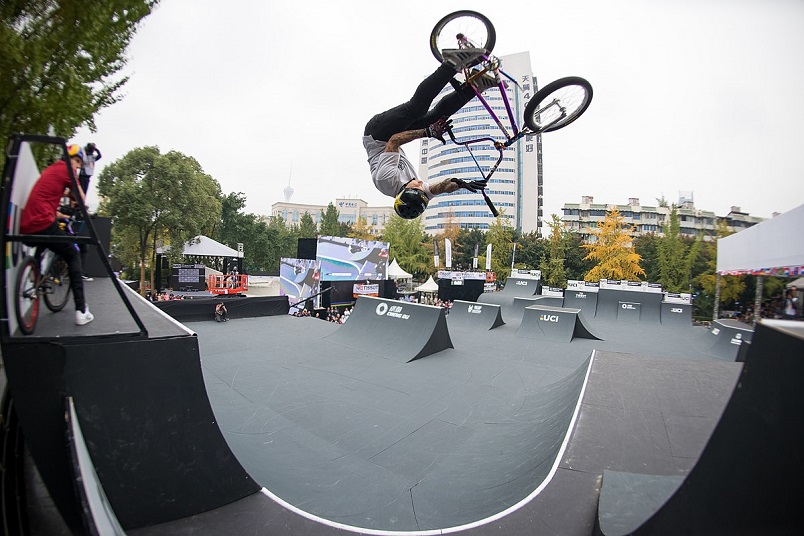
There are five BMX disciplines: skatepark riding, street riding, flatland, dirt jumping and racing. However, learning how to perform tricks, jump on ramps, stairs, rails, or ride over jumps, takes a lot of practice, and it can be risky, so it’s essential to know what to look for in your first complete BMX bike.
Since there are BMX riders of any age, the bikes defer in bike frame sizes, that correspond to different heights. BMX bike frames come in micro, mini, mini, junior, expert, pro and pro-XL or XXL sizes, or from 12 to 29 inches. However, the size will also defer according to your choice of discipline.
In these different frame sizes, the wheel size of a BMX bike mostly stays consistent, with a standard wheel size of 20 inches, which is much smaller than in mountain bikes, but like the bike itself, it can also defer in size. There are 16, 18, 20 and 24 inches wheels.
Of course, the discipline you choose will be what most affects the bike that’s perfect for you. There are three main types of BMX bikes you can choose from with small differences in design.
- Classic BMX – called simply BMX, great for races on dirt tracks, and also for tricks and jump riding.
- Freestyle BMX – great for street flatland and skatepark tricks, stunts, and riding.
- Jumper BMX – essentially a combination of the previous two, great for dirt jumping, as well as ramp jumping.
Skateboards: What Should You Look for?
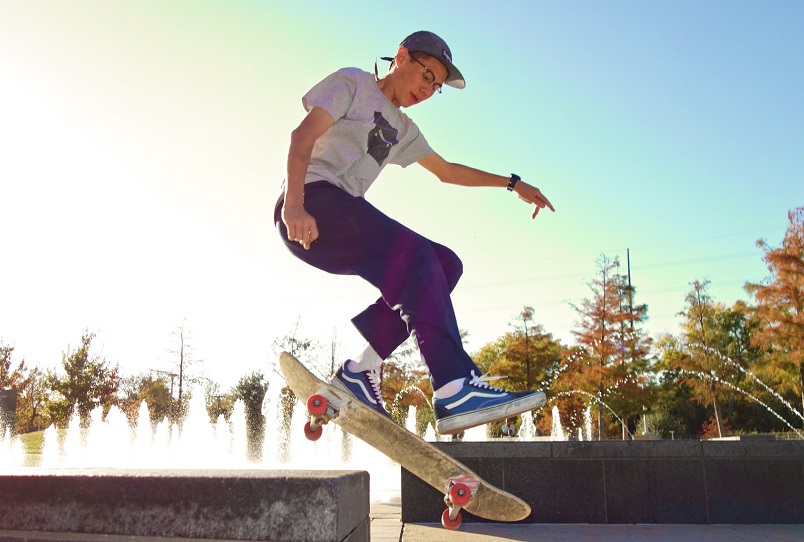
These maple plywood decks attached with wheels have become popular in the 1950s, thanks to surfing. In the beginning, people would make them themselves, with wooden boxes and roller skate’s wheels, and soon after, companies started manufacturing complete skateboards in 1959, making them better, lighter and stronger as time went by.
Skateboarding became very popular in the 2000s, due to media and skateboarding video games, resulting in commercialization and companies manufacturing children’s skateboards. This growth in interest has led to skateboarding being included in the Olympic Games for the first time for the 2020 Summer Olympics, along with surfing and 3 other sports.
Riding a skateboard and doing some basic tricks may be a bit easier to learn if you compare it to a BMX, but perfecting your skills until you are ready to start doing exhilarating tricks and stunts with your amazing complete skateboard, may take some time, patience, and some bruises.
Furthermore, if you are a beginner, choosing the right skateboard may prove to be more challenging than for an experienced skateboarder.
The first thing is to do before buying your first skateboard, is to choose what kind of skateboarding you want to do. There are three main models of complete skateboards used for different skateboarding styles:
- A standard skateboard is great for beginners and great for any styles of skateboarding. They come with symmetrical or almost symmetrical nose and tail.
- A cruiser skateboard is great for transportation. Similar to the standard skateboard in length, but they come in a variety of different shapes.
- A longboard is great for learning to balance, mellow cruising, long distances and for skating downhill at high speeds.
When it comes to size, skateboards come in a range of different sizes according to width: micro, mini, midi, full and over. The size you pick depends on your height, your shoe size, as well as your age. For instance, mini skateboard, with 7.25 inches width, is good for kids between ages of 6 and 8, with shoe size from 6 to 8, and 102 to 130 cm height. While the full deck width of 7.5 or higher, is suitable for ages 13 and over, taller than 160 cm, with shoe size over 9.
Pro Scooters: What Should You Look for?
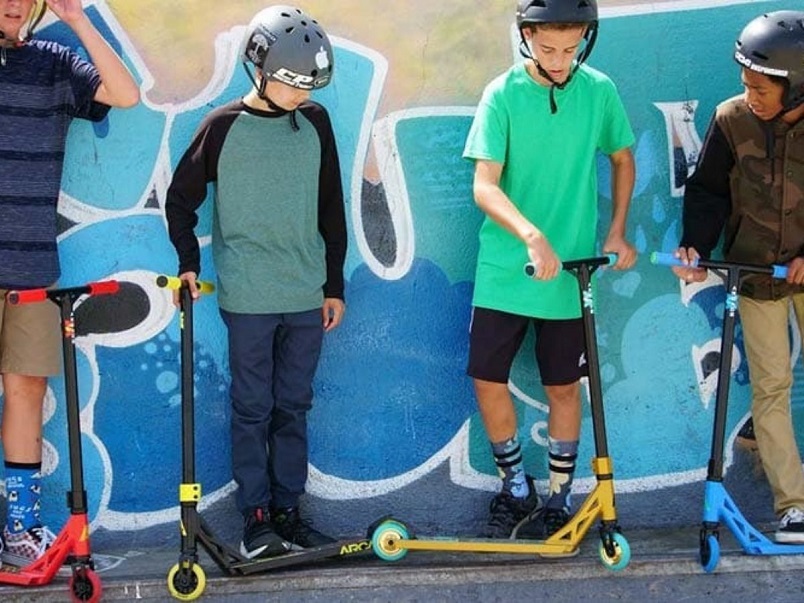
Once seen only as children’s toy, scooters today have gained incredible popularity, and they have even become a main mode of transportation for many people, especially with the rise of electric scooters. However, scooters are also another equipment that can be used in active urban sports, for doing tricks and stunts. In fact, they’ve become one of the most frequent sights in skateparks.
Like with skateboarding or BMX riding, doing tricks with a scooter may take some time to perfect. And going from a basic kick scooter to doing spectacular stunts with complete pro scooters designed specifically for tricks will take a lot of practice.
If you want to use your scooter for more than just cruising around town, you need scooters for stunts and tricks, called stunt scooters or complete pro scooters. They are made from more durable materials than a kick scooter for kids, designed to be strong enough to handle all the tricks, the jumps and the landings. You can also choose a model with trick pads to make it easier to learn and perfect new tricks.
Safety First: Learn How to Fall
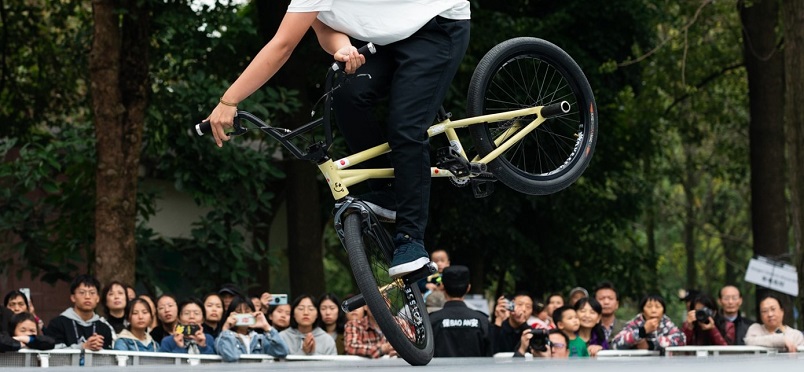
As standard equipment, regardless whether you are just starting to go to skateparks, or off-road, or you’ve been going for years, you need to invest in quality safety gear: helmet, wrist guards, knee pads etc. Furthermore, good quality sneakers can also be considered to be a safety feature.
Falling is inevitable when you are learning most sports, and even more so when your choice of sport is BMX riding, skateboarding, scooter jumps and tricks or any other extreme sport. Safety gear will help you with one of the most important parts of learning these sports: learning how to fall. Stay safe, and enjoy the ride!

